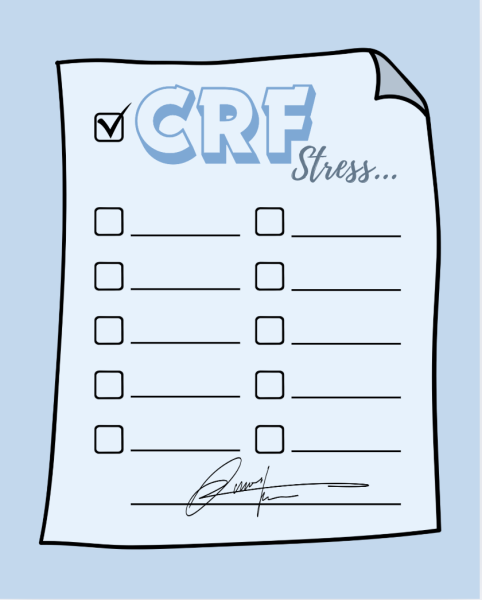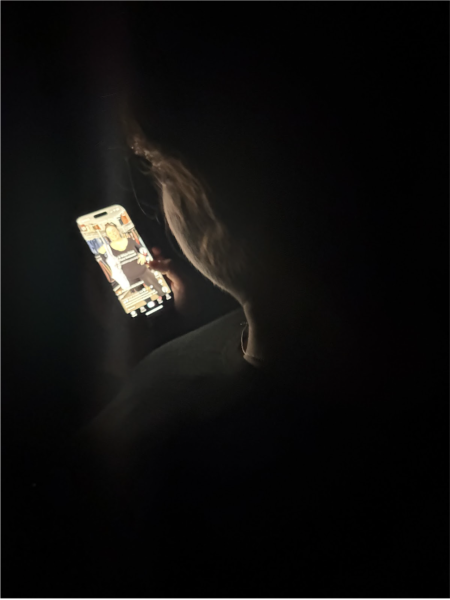Inaugurations through the years
The inauguration of President Woodrow Wilson. Image courtesy of Wikipedia.
As the 58th presidential inauguration approaches on January 20th, Washington D.C. is preparing for the many ceremonies that come with a new president. In a few days, the district will be crawling with people who have come to see the swearing-in of a new president and to attend the customary parade and balls.
Many inaugurations have had a deep impact on people across the country. In 1789, the first presidential inauguration was held for George Washington. It took place in New York City, rather than in the district, where presidential inaugurations were not held until Thomas Jefferson’s first ceremony in 1801. Arguably one of the best and most impactful inaugural speeches is Abraham Lincoln’s second address, which had a profound influence across the nation. It touched on the Civil War, slavery, and the role and actions of God in daily life.
The inauguration, which has been held on January 20 ever since 1937, has had the occasional run-in with bad weather. In 1841, William Henry Harrison delivered his inaugural address in the cold with no gloves, hat, or coat. He fell ill and died a month later. John F. Kennedy also had a memorable encounter with cold weather. After a nor’easter deposited eight inches of snow over the district, the U.S. Army Corps of Engineers was tasked with clearing a path for the inaugural parade. They used plows, dump trucks, and even flamethrowers to get the job done.
Not every president is sworn in with such pomp and circumstance; some do not even get an official inauguration ceremony. In 1963, only a little over two hours after the assassination of President John F. Kennedy, Lyndon Johnson was sworn-in aboard Air Force One. Gerald Ford took the oath of office in 1974 after the resignation of President Richard Nixon.
Preparations have already begun for this year – there’s a notable increase of security in the district and parking restrictions will be enacted as early as noon on Thursday. Jumbotrons, speakers, and portable toilets have been placed around areas for people attending the parade and ceremony. Organizers and officials are preparing for large crowds in the district, and viewing stands have been built along parade routes to provide spots for visitors to watch the event.
While inaugural proceedings do not always go off without a hitch, the swearing-in of a new commander-in-chief brings the country together for a day. The ceremonies celebrate the peaceful transition of power America has always known, ever since George Washington was president. During the next four years, people are bound to disagree over national politics, but the inauguration is a time to think about the country’s goals for the future.












